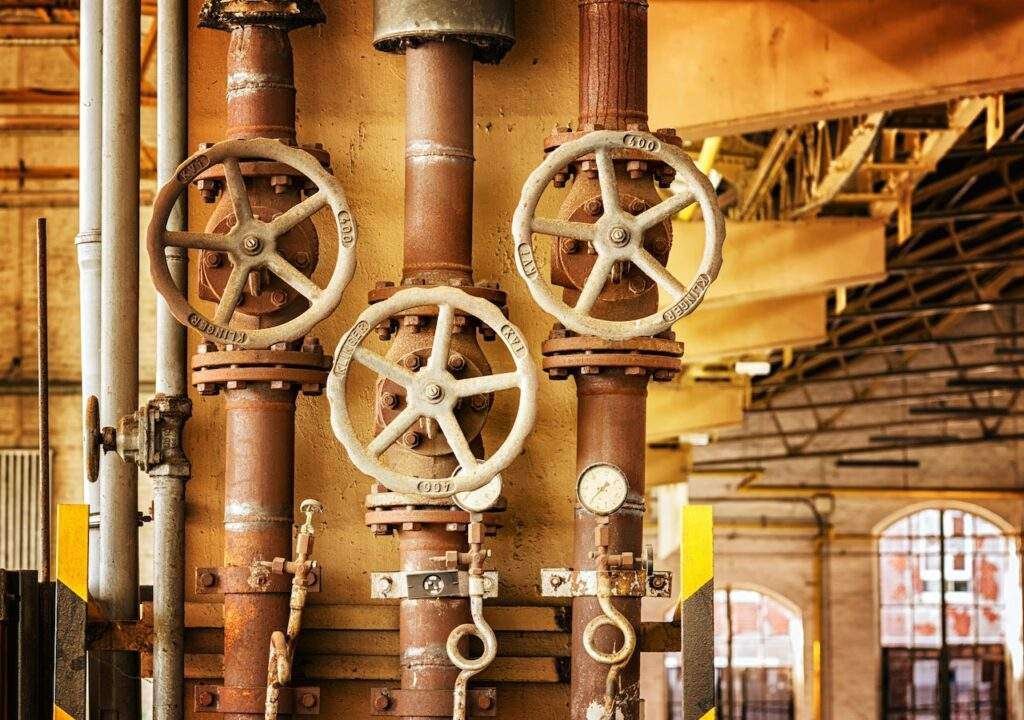Pipe relining is a modern and efficient way of repairing any damaged or deteriorating pipes in a property without the need for extensive excavation or replacement to occur. This particular technique involves inserting a specialized form of liner into an existing pipe, creating a new, seamless pipe within the old structure. The process of pipe relining offers several benefits to a property owner, including cost-effectiveness, minimal disruption and long-lasting results. You should continue reading this article if you want to study more about the various situations in which pipe relining would be a great solution for your property.

Cracked or leaking pipes
The first situation in which Pipe Relining Solutions can assist you is with cracked or leaking pipes which can often become a common plumbing issue that can cause water damage, structural problems and even the growth of mold inside the property. Traditional methods of pipe repair, such as excavation and replacement, can often be expensive and time-consuming. In these cases, the use of pipe relining can offer a highly effective alternative. The process of relining a pipe can seal cracks and leaks, creating a durable and watertight lining that prevents further damage and restores the integrity of the pipe.
Tree root intrusion
The second situation in which pipe relining may be required is when tree roots intrude into a pipe. Trees seek moisture and nutrients can invade underground pipes through small cracks or joints. Once they make their way inside, the roots continue to grow, causing blockages or damage, while if not treated the problem could result in the eventual collapse of the pipe. Moreover, pipe relining is an excellent solution for tree root intrusion because it is able to create a seamless liner that is resistant to root intrusion. The new interior lining prevents roots from penetrating the pipe, eliminating future blockages and minimizing the risk of further damage.
Corroded pipes
The next potential situation that you may experience is corrosion. Over time, pipes made of certain materials, such as cast iron or galvanized steel, can deteriorate and become corroded. This corrosion can then lead to reduced water flow, leaks and potential pipe failure. However, instead of completely replacing the corroded pipes, you could use the technique of pipe relining o restore their functionality. The liner will act as a protective barrier in the interior of the pipe, preventing further corrosion and extending the potential lifespan of the pipe.
Sewer rehabilitation
The fourth situation in which pipe relining may be used is if your sewer pipes have become degraded. Sewer pipes are prone to deterioration and damage due to constant exposure to wastewater and other corrosive substances. Furthermore, traditional sewer pipe repair methods often involve extensive excavation being carried out as well as a considerable amount of disruption for the inhabitants of the property.
However, by undertaking pipe relining, sewer pipe rehabilitation can be completed with minimal excavation and reduced disruption to the surrounding area, especially the inhabitants of the property. Moreover, pipe relining can effectively repair and reinforce sewer pipes. This ensures their longevity and preventing sewage leaks or backups from happening in the future.
Restricted access areas
Another situation that may happen in some properties is when there is restricted access. Occasionally, access to underground pipes may be challenging due to various factors, such as landscaping, buildings or infrastructure. Excavating and replacing pipes in these restricted access areas can often be challenging and costly
The process of pipe relining offers a practical solution for property owners. This is by eliminating the need for extensive excavation to occur. The specialized relining equipment will be able to access and repair pipes through small entry points. This minimizes the amount of disruption to the property while providing a reliable pipe repair solution.
Commercial applications
The next situation in which pipe relining would be suitable doesn’t limit to residential properties. The process is also highly suitable for commercial and industrial applications. For example, businesses and industrial facilities often have complex pipe networks, including underground, vertical, or overhead pipes. However, the use of pipe relining can employe to repair and rehabilitate these pipes efficiently. This ensures the uninterrupted operation of important systems, such as water supply, drainage or fire suppression systems.
Preventative maintenance
Lastly, pipe relining is not only a reactive solution for pipe damage. But the process can also be proactive as part of a preventative maintenance strategy. By relining damaged pipes before they show signs of severe deterioration or worse, property owners will be able to extend the lifespan of their plumbing infrastructure and minimize the risk of costly emergency repairs in the future.
To summarize, pipe relining offers a highly effective and efficient solution. It can be for a range of pipe problems in residential, commercial and industrial properties. Regardless of whether you are dealing with cracked pipes, tree root intrusion, corroded pipes, sewer pipe issues, restricted access areas or seeking preventative maintenance, pipe relining is a great solution that you should consider.